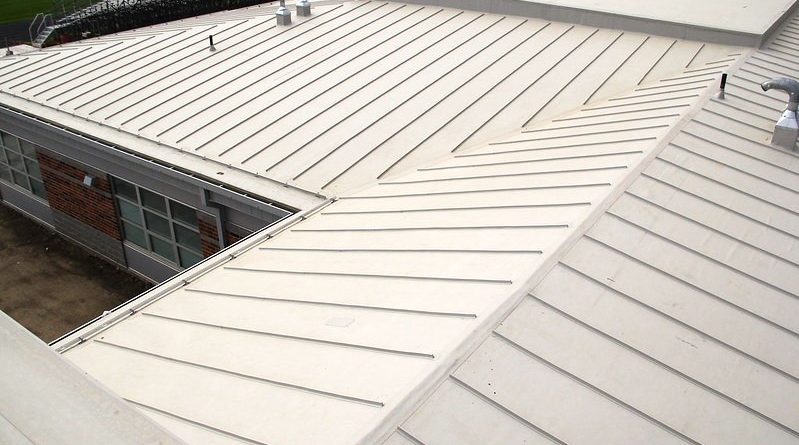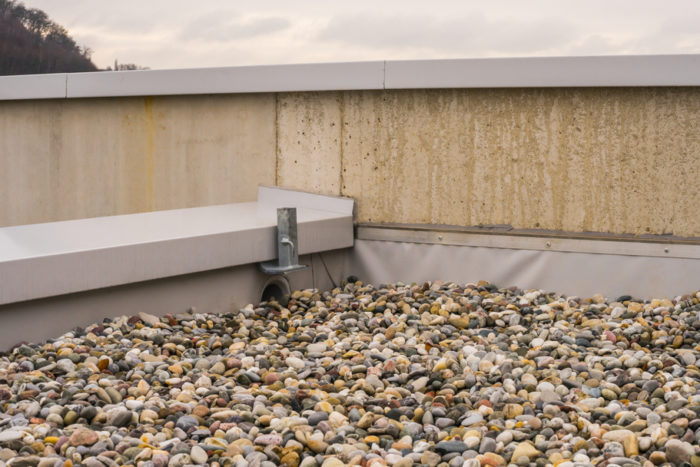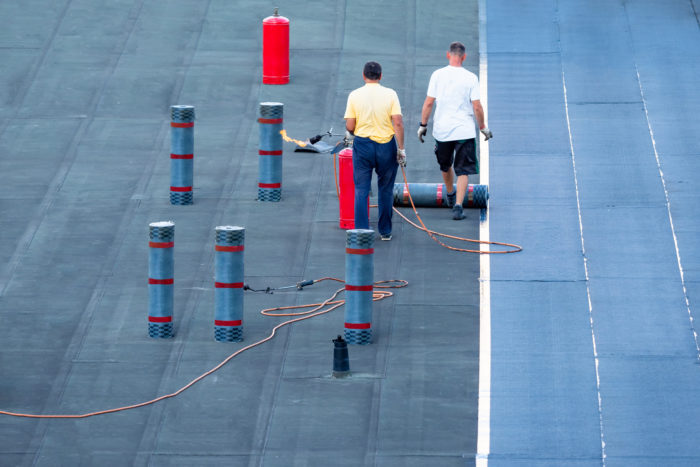What Is The Longest Lasting Flat Roof Material?

The longevity of a flat roof material depends on things like climate, installation quality, and maintenance.
Here’s a list of some of the longest-lasting flat roof materials…
- PVC Roofing – PVC (Polyvinyl Chloride) roofing membranes are highly durable and resistant to water, fire, and chemicals. They typically last between 20 to 30 years. PVC roofs are also known for their ability to resist punctures and tears.
- TPO Roofing – Thermoplastic Polyolefin (TPO) is another popular choice for flat roofs. It’s known for its heat-reflective properties and energy efficiency. TPO roofs can last up to 20-30 years with proper maintenance.
- EPDM Roofing – Ethylene Propylene Diene Monomer (EPDM) is a rubber roofing material known for its durability and versatility. An EPDM roof can last 30 years or more, especially when properly installed and maintained.
- Metal Roofing – Metal roofs, made from materials like aluminum, steel, or copper, can last 30 to 50 years.
- Built-Up Roofing (BUR) – BUR is a traditional hot-tar-and-gravel roof. It consists of multiple layers, which make it durable and long-lasting. A well-maintained BUR roof can last up to 30 years.
- Modified Bitumen Roofing – This type of roofing is similar to BUR but involves layers of bitumen and reinforced roof fabrics. It is known for its strength and typically lasts about 20 years.
- Spray Polyurethane Foam (SPF) – SPF is a unique option as it involves spraying a liquid that expands into foam, creating a solid layer across an existing roof. An SPF roof can last over 50 years with proper maintenance and recoating.
- Green Roofing – While not a traditional roofing material, green or “living” roofs, where the roof is partially or completely covered with vegetation, can extend the life of a roof by protecting the waterproof membrane underneath. With proper structure and maintenance, they can last 30 years or more.
The best choice for your specific situation will depend on factors like your local climate, your building’s structural needs, and your budget.





Leave a Comment